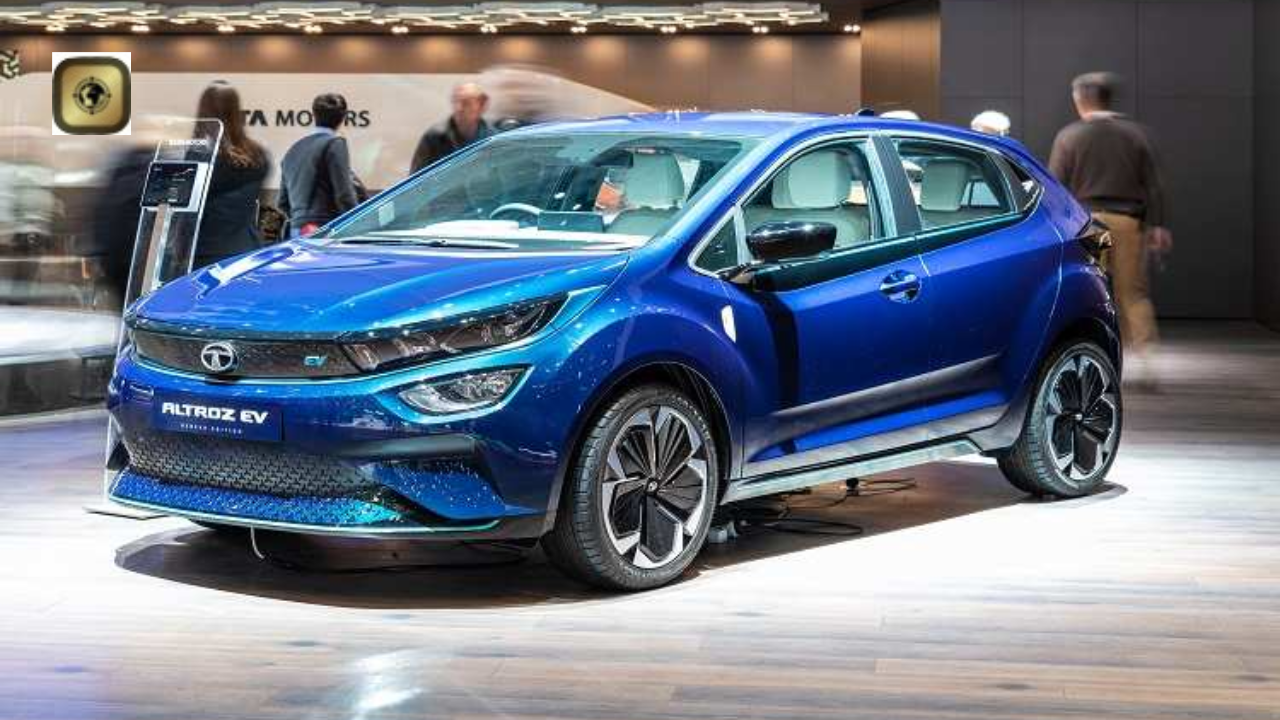March 25, 2025
Helmets are a crucial component of road safety in India. In a nation where two-wheelers constitute a significant portion of the overall traffic, it is essential to recognize the necessity of wearing helmets. The act of wearing helmets while riding on two-wheelers transcends simply adhering to the rules and regulations – it pertains to the individual’s safety.
At present, Indian traffic laws require individuals riding two-wheelers to wear helmets. Likewise, existing laws also necessitate that all two-wheeler owners possess at least third-party two-wheeler insurance coverage. Not complying with these regulations can result in fines as well as other strict or severe actions that could affect you and your right to operate your vehicle.
Therefore, possessing the appropriate insurance policy and being knowledgeable about helmet rules and regulations is vital. Let’s explore more about this.
- What are the Helmet Laws in India?
According to the Motor Vehicles Act of 1988, it is obligatory for individuals riding two-wheelers to wear helmets. Throughout the years, numerous amendments have been made to the Act. The most recent amendment occurred in 2019, which specified the following regarding helmet safety laws:
In compliance with Section 129, all individuals over the age of 4 years are mandated to wear protective headgear while riding a bike. Both the rider and their passenger must don helmets with straps securely fastened to the wearer.
The helmet must be constructed of materials and shaped in a way that provides the wearers with maximum protection in the event of an accident.
Should anyone be found riding a two-wheeler without a helmet, Section 194D prescribes a fine of ₹1000 to the offender. Furthermore, their driving license may be suspended for three months.
For individuals from Sikh families who wear turbans, there exists an exemption from wearing a helmet while operating a two-wheeler in India, provided they are wearing a turban while riding.
Section 138 (4) (f) of the Central Motor Vehicles Rules (CMVR) has established additional RTO regulations to assist individuals in complying with these helmet laws. Under this Section, two-wheeler manufacturers are required to supply two BIS-compliant helmets – one for the rider and one for the passenger.
In addition to wearing helmets correctly, it is also essential to consistently adhere to other motor vehicle rules and regulations. This encompasses obeying traffic signals, driving in the proper lane, refraining from using your mobile phone while driving, maintaining a valid vehicle insurance policy, and so forth.
It is crucial to understand that helmet laws and provisions may vary from state to state. Check your state’s road and transport authority’s website to stay informed about the latest regulations.
- What is the Right Type of Helmet to Wear?
According to current regulations, simply wearing any type of helmet is insufficient. Individuals must wear the appropriate kind of helmet. Numerous two-wheeler riders often opt for a half-helmet, which only covers part of their head. This is not permissible according to the law. The Motor Vehicles Act stipulates that manufacturers of helmets must comply with the guidelines set forth by the Bureau of Indian Standards (BIS) concerning helmet design.
All helmets intended for market sale must successfully undergo BIS testing. These assessments are formulated to evaluate the helmet’s capacity to absorb impacts in various weather conditions. According to the Ministry of Road Transport and Highways, all helmets must display a relevant IS stamp. Wearing a helmet is vital for several reasons, including an increased likelihood of insurance claim approval compared to not wearing one.
- Which Types of Helmets Are Unacceptable?
In relation to road safety, wearing a helmet is essential, but not all helmets provide the needed level of protection. Certain helmets are deemed unacceptable because they fail to meet safety standards. Helmets with a half-face design or novelty helmets, which do not ensure full head coverage, are frequently unsafe as they lack adequate padding and structural integrity. Helmets that are not certified by ISI (Indian Standards Institute) or DOT (Department of Transportation) are also considered unacceptable since they do not adhere to the minimum safety criteria required to absorb impacts. Plastic shell helmets or those with minimal padding do not offer sufficient protection and may shatter upon impact, raising the likelihood of severe head injuries. Furthermore, helmets that are damaged or have expired should not be used, as their structural integrity may be compromised, reducing their effectiveness. For guaranteed safety, always choose a certified full-face or modular helmet that aligns with both national and international safety regulations.
- Tips for Being a Responsible Rider
Riding a motorcycle entails the duty of ensuring your safety as well as that of others on the road. Follow these guidelines to be a responsible rider:
Understand Traffic Rules: Get acquainted with all traffic regulations prior to riding. This understanding is crucial for license application and safe driving.
Follow Rules Consistently: Comply with traffic rules consistently, even when the roads are devoid of vehicles or when enforcement appears lax.
Wear Proper Protective Gear: Always use a helmet that conforms to the Helmet Laws in India for both safety and legal adherence.
Maintain Your Vehicle: Regularly service and take care of your motorcycle. A well-maintained vehicle minimizes the chances of accidents caused by mechanical faults, ensuring the safety of yourself and others on the road. By adhering to these practices, you can evade fines, improve safety, and promote responsible behavior on the road.



Leave A Comment